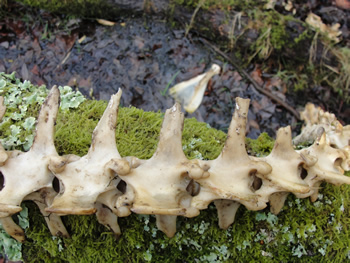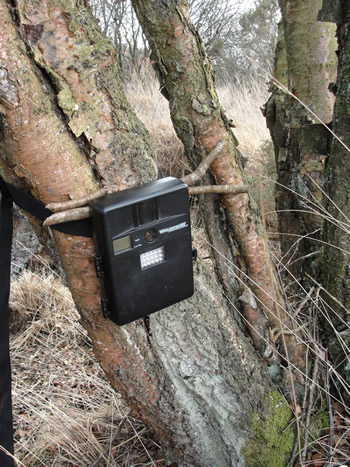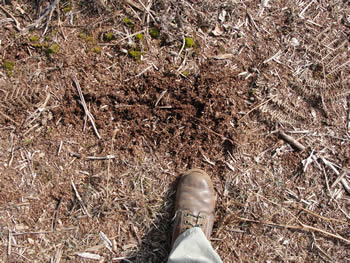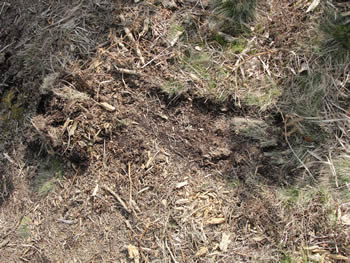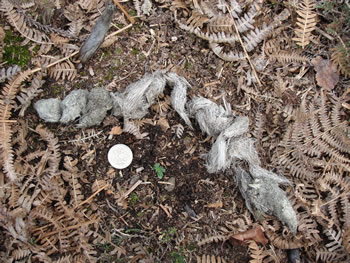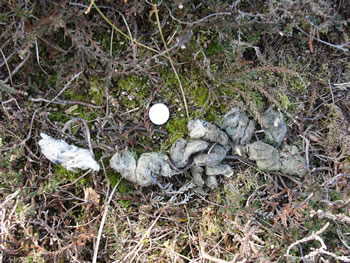I am pleased to say that over the last few months I have been inundated with lots good feedback from this blog. So many people have congratulated me for my interesting posts and I have been overwhelmed with the sheer volume of comments. Obviously replying to each comment would take up a lot of my time , so I would like to say a huge thank you to all of you who have sent in comments. They are all very much appreciated. I will be publishing the lots in the near future. I receive about fifty a day and have only had four remarks that could be considered nasty. That is good going considering that still so many people are very skeptical about large cats living in the UK.It is a shame that most of them are just spam ! Spammers please stop it and show some consideration. If there are genuine people who would like to hold genuine conversations in regards to any of my work, then please contact me at the details given in the` contact me ‘ section. Thank you.
I plan to enlarge the site with more updated information and a link to a new group that is to be set up in my local area. In my area of Purbeck and the New forest there are more serious investigators all willing to participate. Watch this space !
I receive so many sightings of large cats that I could not possibly put them on my website or even follow them all up. To me, sightings are of not much real interest any more, as many are old and are meaningless for my research although they all could have a place in regards to archive data. At the moment I am concentrating on very recent sightings in certain areas where I have my study areas in a bid to try and suss out territories of the dozen or more leopards in this area and possibly equal number of pumas. I receive more sightings of animals that fit these two species, or hybrids of the two, and not many reports of lynx. I have only had three good reports of lynx in Dorset during 2011. I had my first report of a jungle cat In Poole Harbour this year which is interesting as the area is perfect for them and I only once found footprints of possible jungle cat near reed beds five years ago.This species has been recorded many times from the Weymouth areas especially around the large lakes, and Portland.The jungle cat (felis chaus) is now used in the hybridization of domestic cats and the `chausi’ , is now quite a common designer breed, along with two other hybrid cats, the bengali , a cross between the leopard cat (f, bengalensis), and domestic cat. Also the savanna cat, a cross between domestic cat and the Serval (f.serval). These smaller cat species confuse matters as many people miss identify them as lynx or even leopard. Although they are larger than domestic cats they are much smaller than lynx or leopard. I found a small footprint just last week of a smaller cat that could be jungle cat.
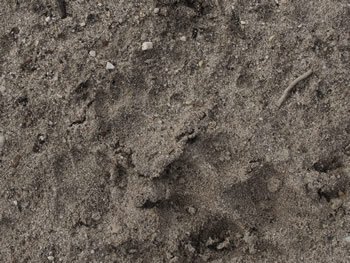
The print is in the center of the photo to the left of the typical dog print, there is fore foot and hind foot.the fore foot is very similar to a badger and of similar size but has four toe pads.the prints were in the grey heathland soil near one of the many streams that flow into Poole Harbour and nearby are vast reed beds, the perfect habitat.I have found small scats containing remains of curlew, teal and mallard and have suspected them to be of one of the smaller felids if not fox.
Last week whilst helping out with a documentary for Bournemouth Media School I came across a scrape, footprints and scats of the female leopard that regularly hunts in a certain area.
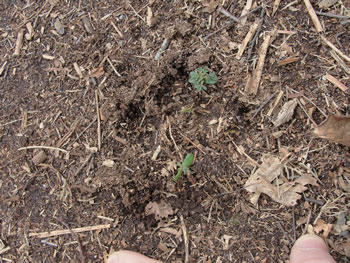
The cat was moving fast and the space in between prints were about a meter.On some prints, only the toes showed and no planter pads which may suggest that she was stalking, or making a hasty retreat from danger.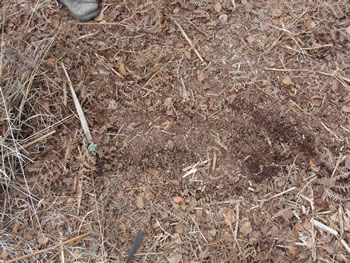
This is the scrape she made about fifteen meters from the several footprints.Leopards scrape with their rear feet in a very similar way to dogs after they have deposited droppings. Leopards rarely leave dung by the scrape but often deposit urine in them. Most of the ones I find are empty but a spray may be nearby, and in this case about ten meters away on the trunk of an old holly tree. Three lots of scats were deposited at intervals of about sixty yards, some were fresh from the night before, as were the other signs, the other scats were possibly several days in between. I have worked out that this animal patrols this area every four to six days and she has a very small territory of what seems like seven square kilometers.
In another area about three miles away, another footprint and scrape was found in an area again that is a very good hunting area, full of deer, cover and water. I believe that this is a different animal.Below is the left fore foot print.
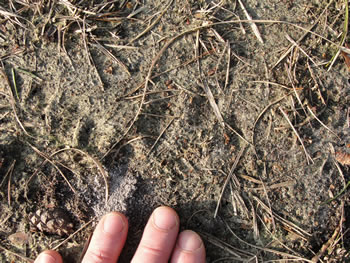
Here is the scrape.
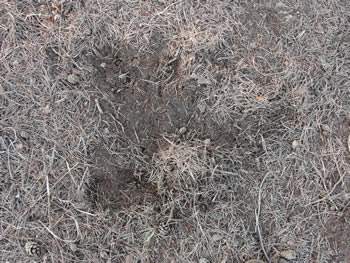
There was urine by this one and I could smell it long before reaching it as I was down wind.
In my study areas the remains of deer are all too present, and almost everywhere I go I find bones of deer, some were road victims and scavenged by both cats and foxes, but approximately two thirds of them are the direct result from cats hunting and killing, and then consuming the bodies.
These remains of a young sika stag were found by another person, keen on large cat research.
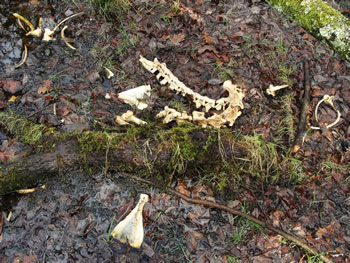
The picture below shows the spine and how the ribs are cleanly sheered off near the base by large carnassial teeth.
